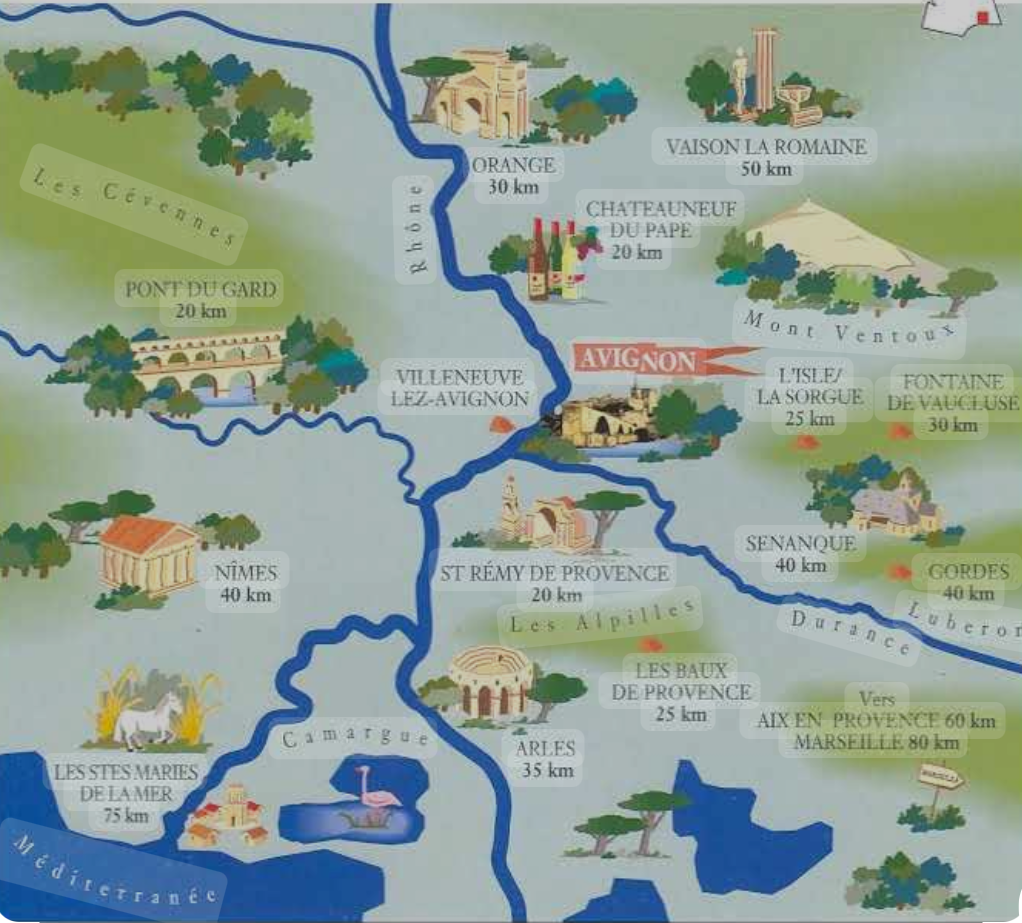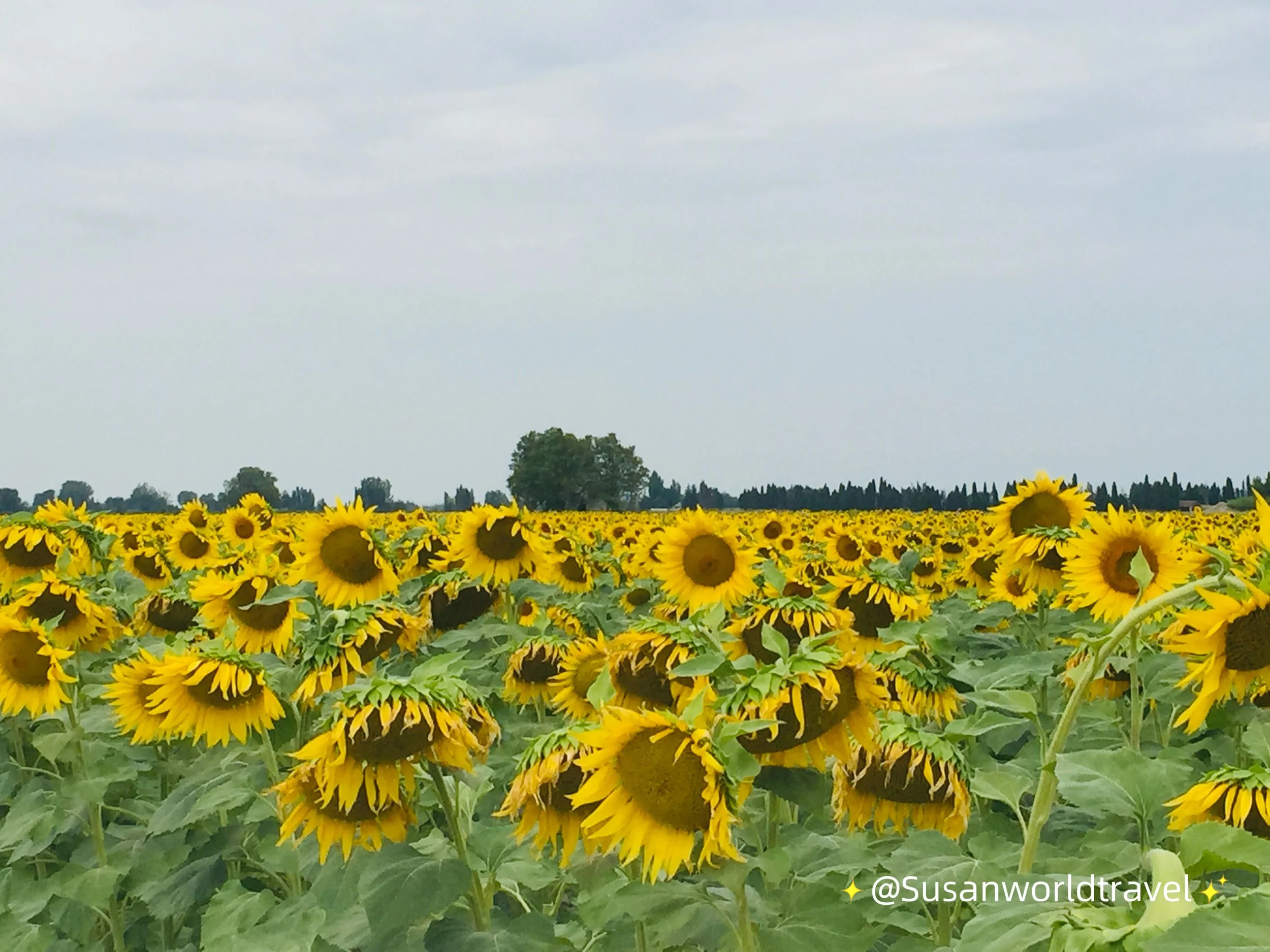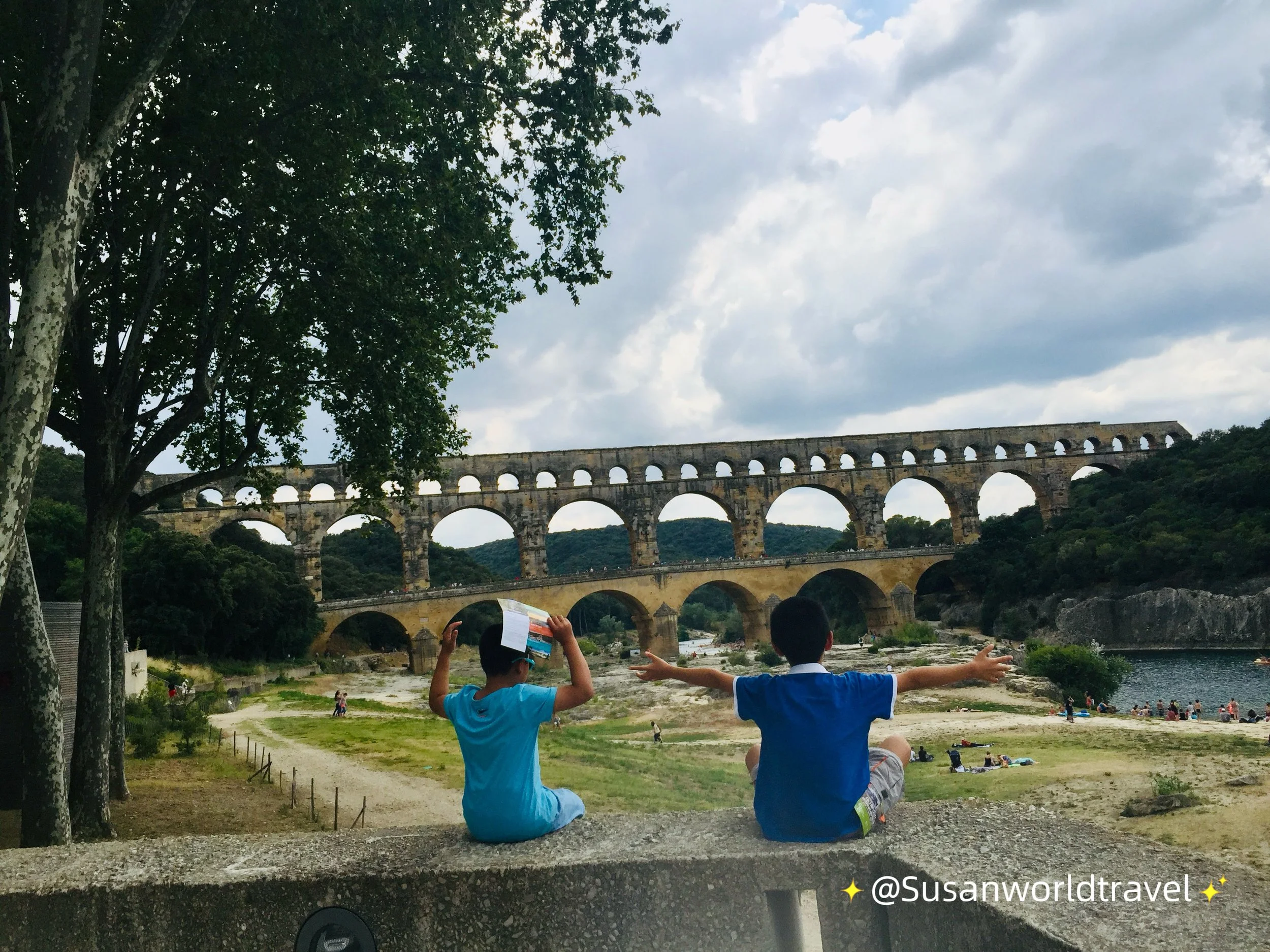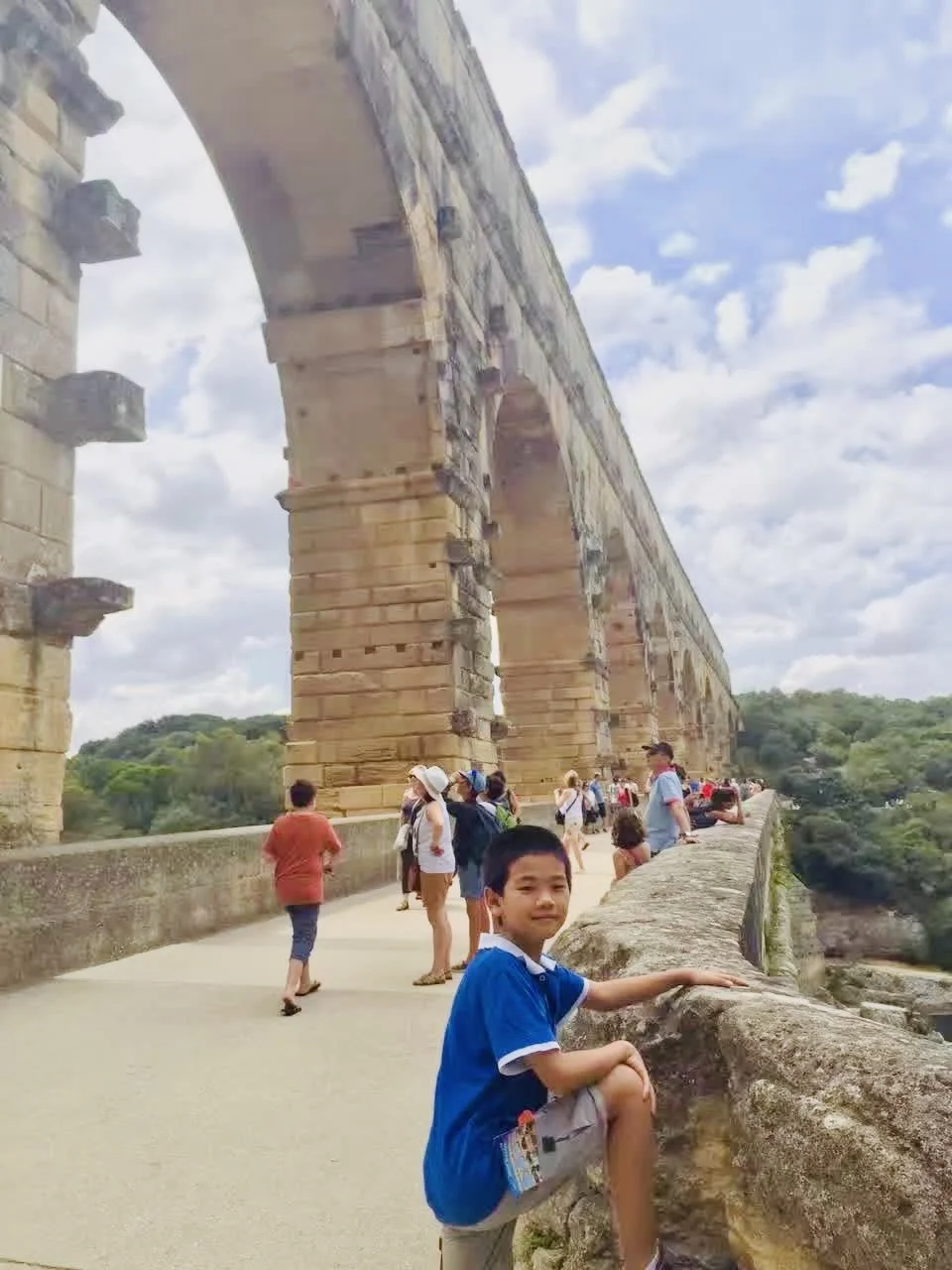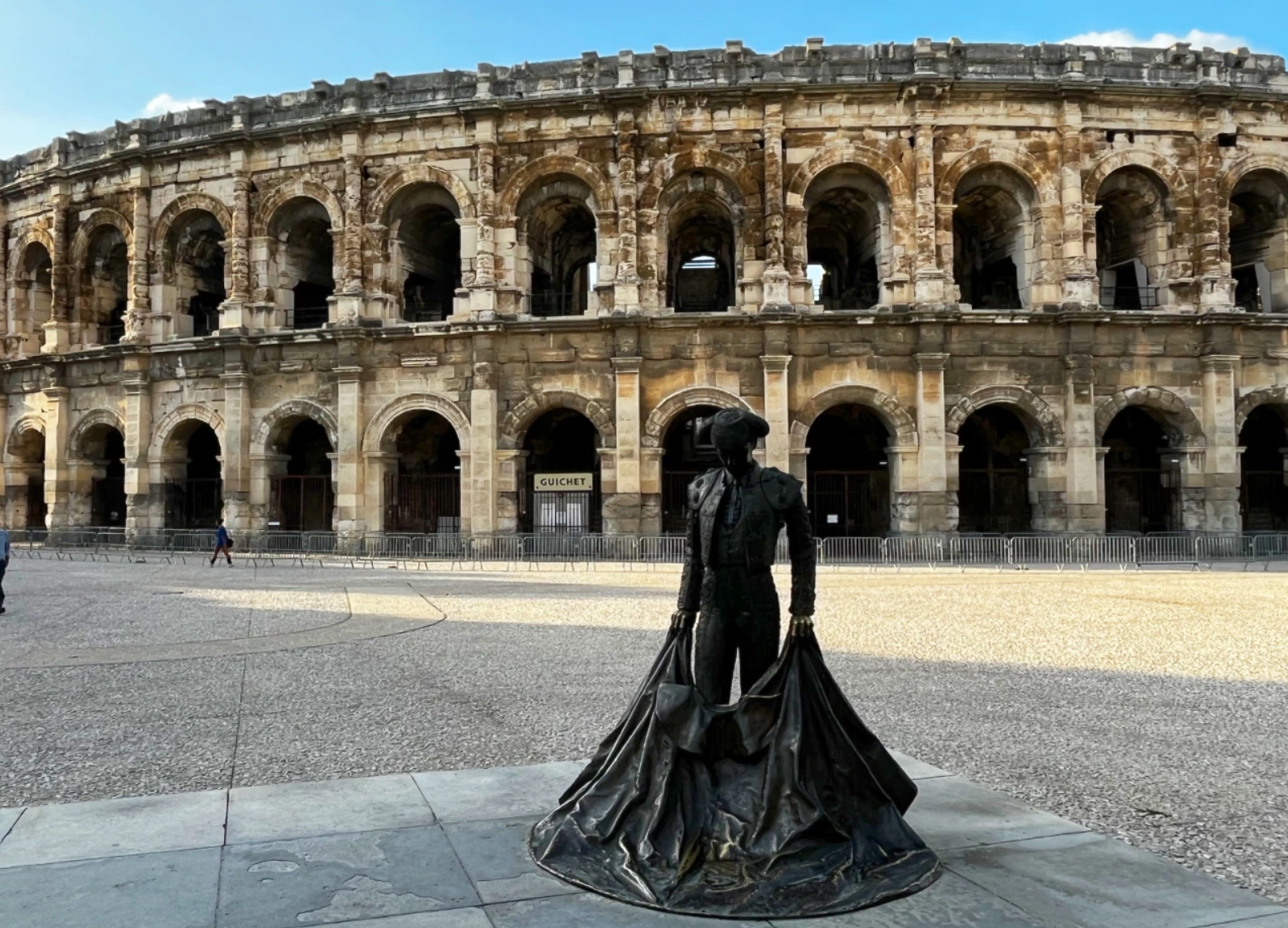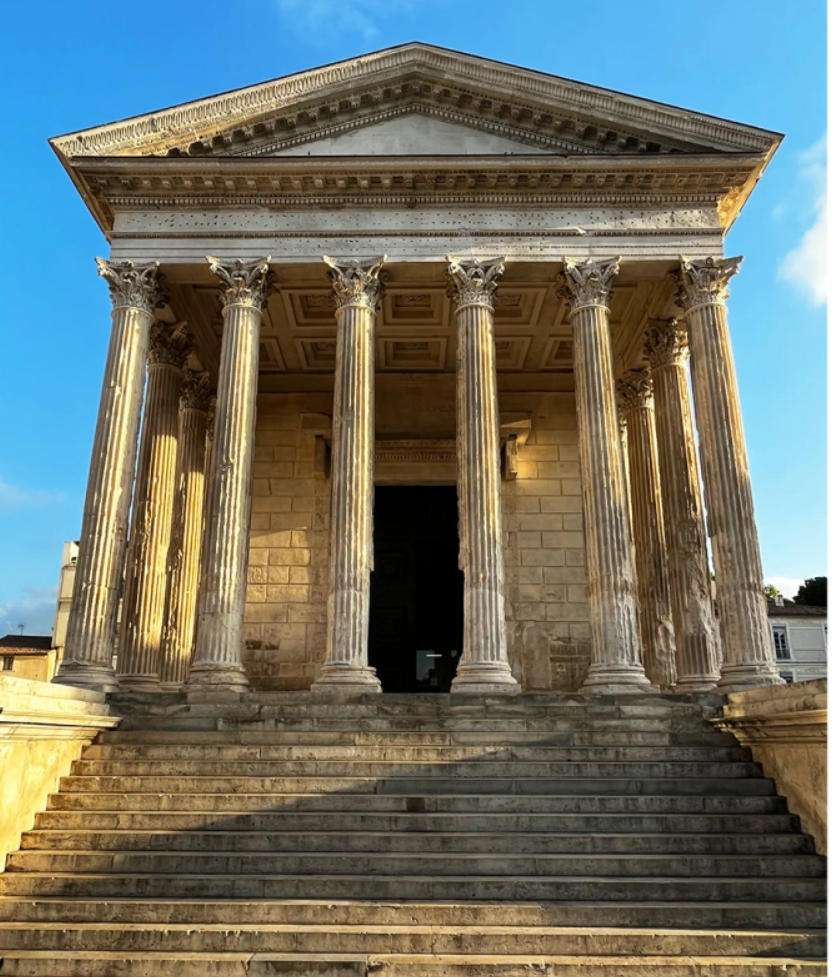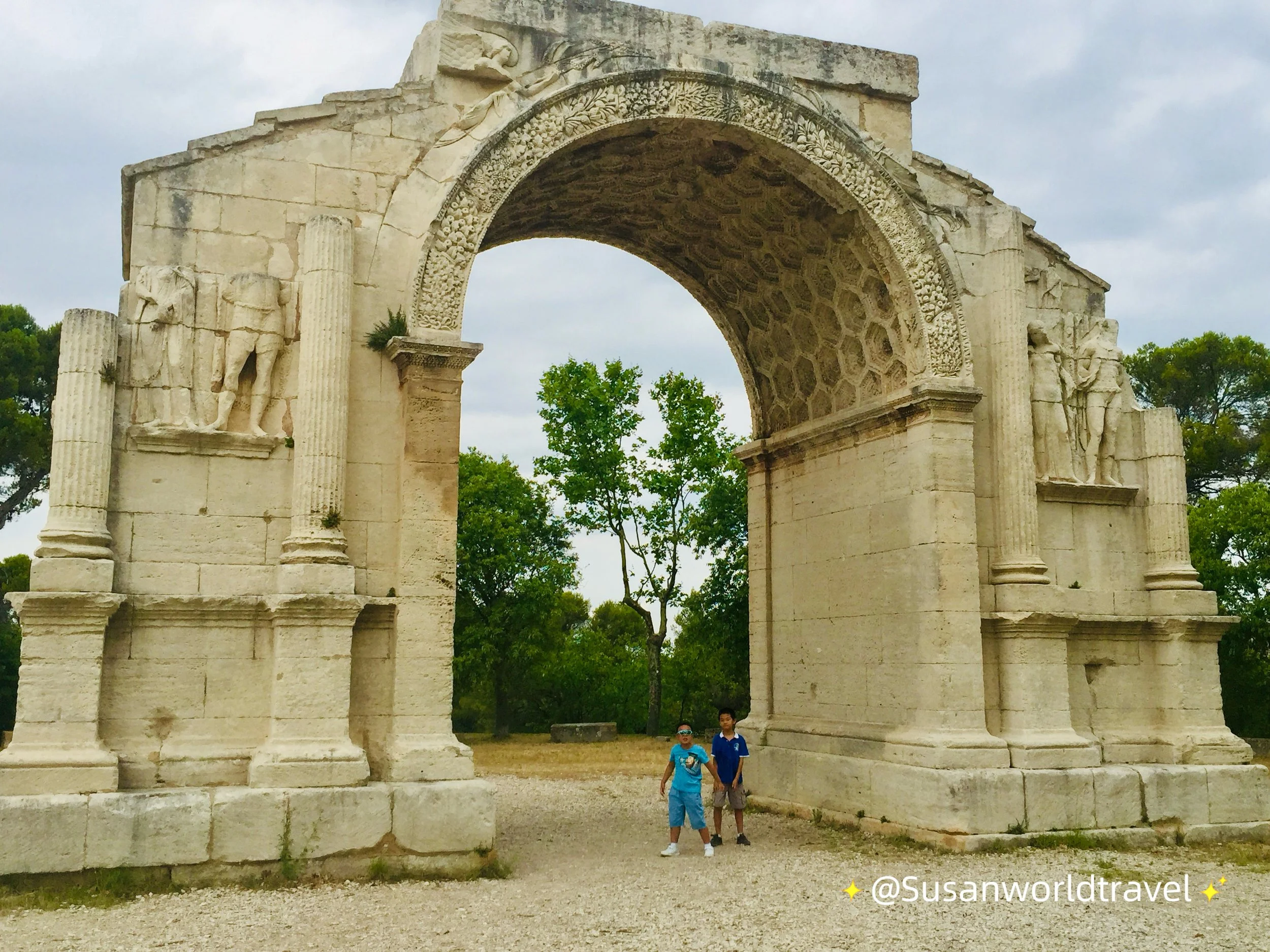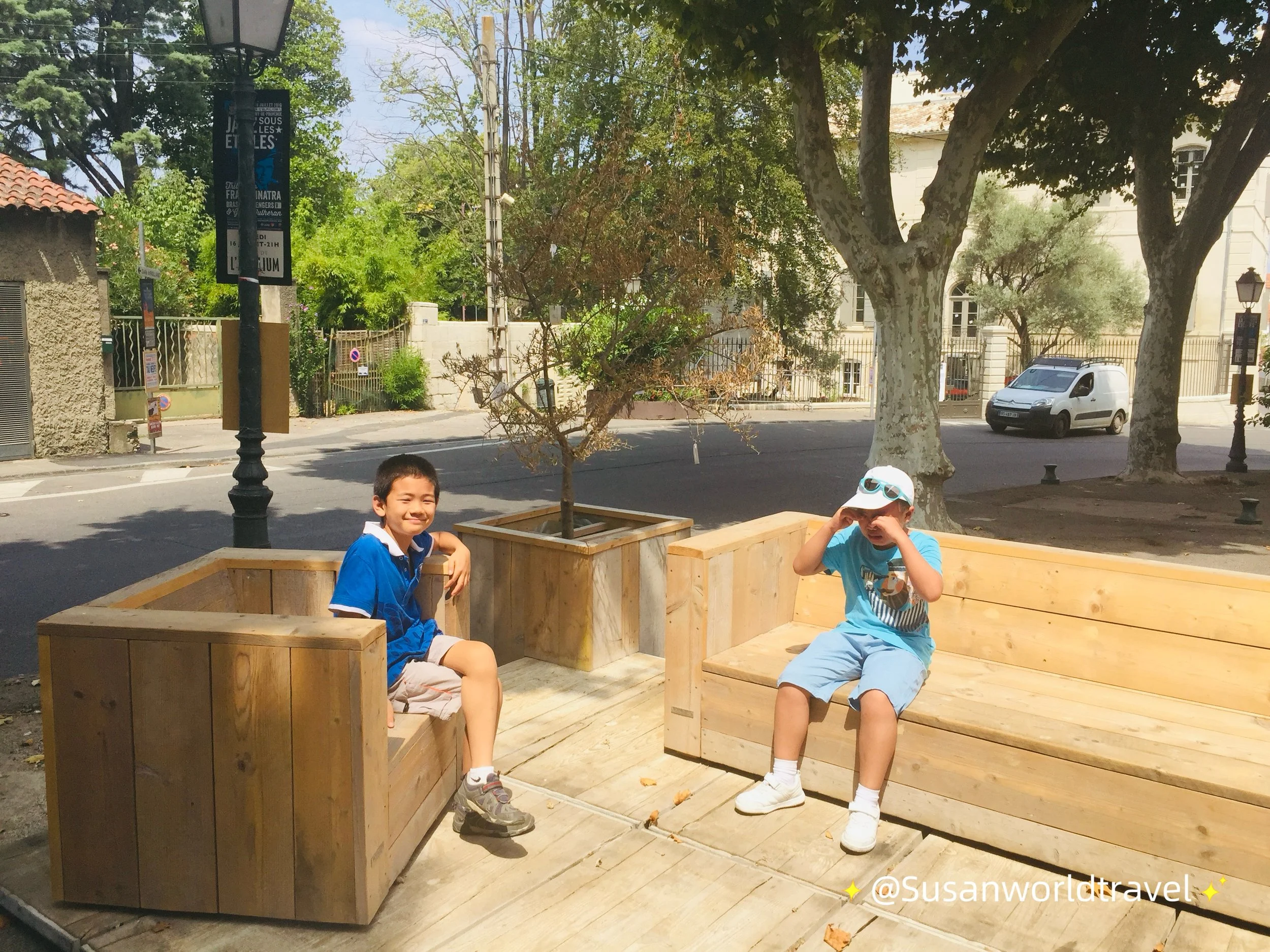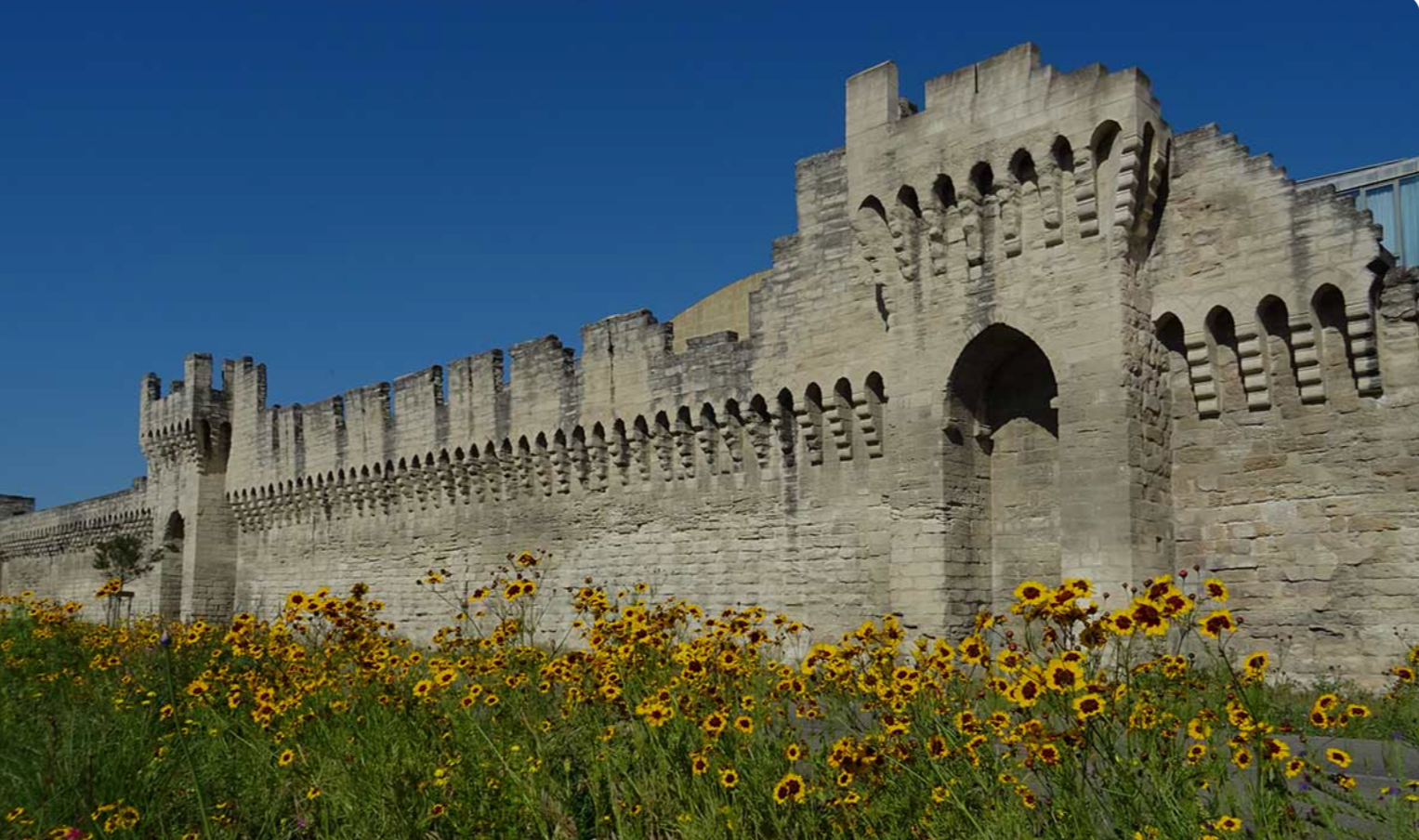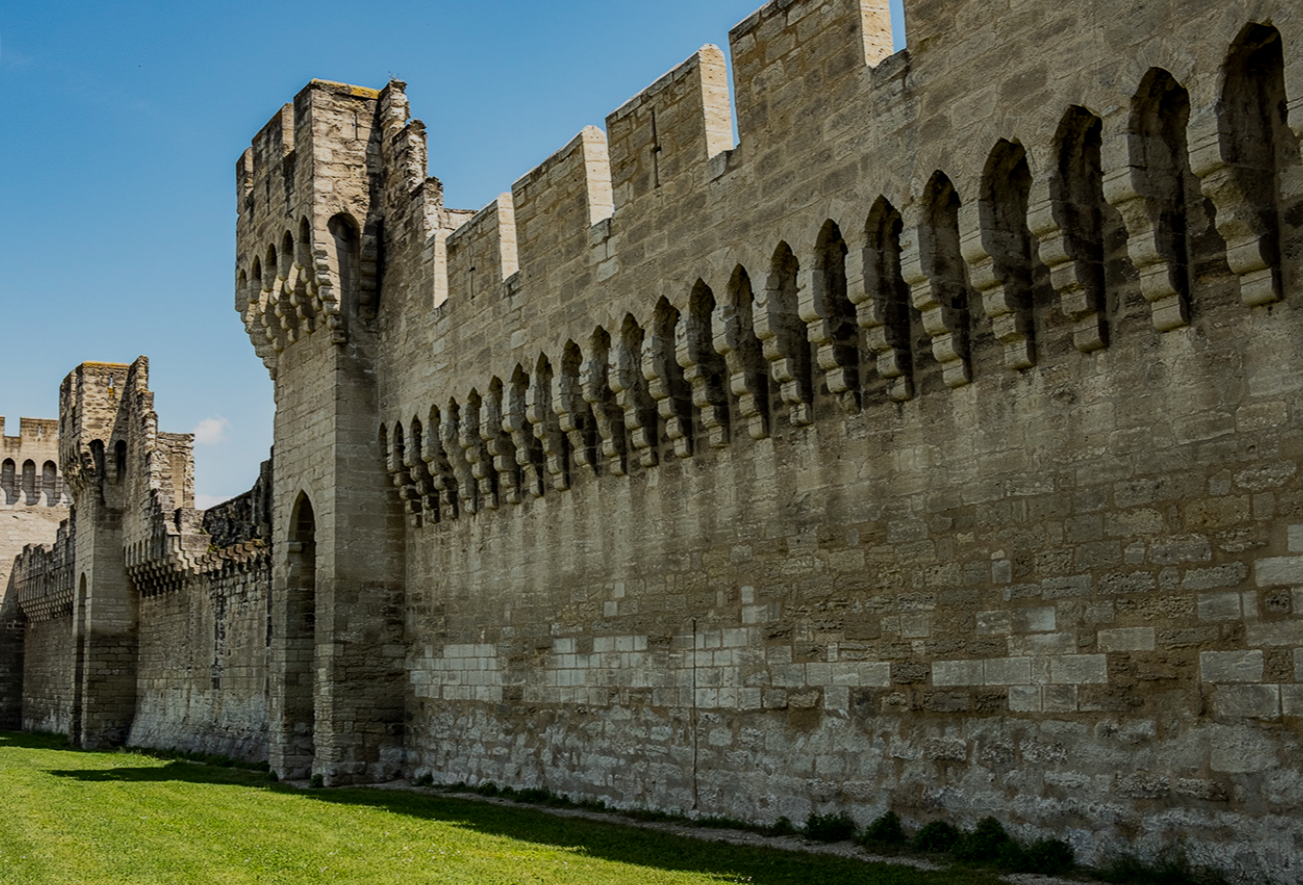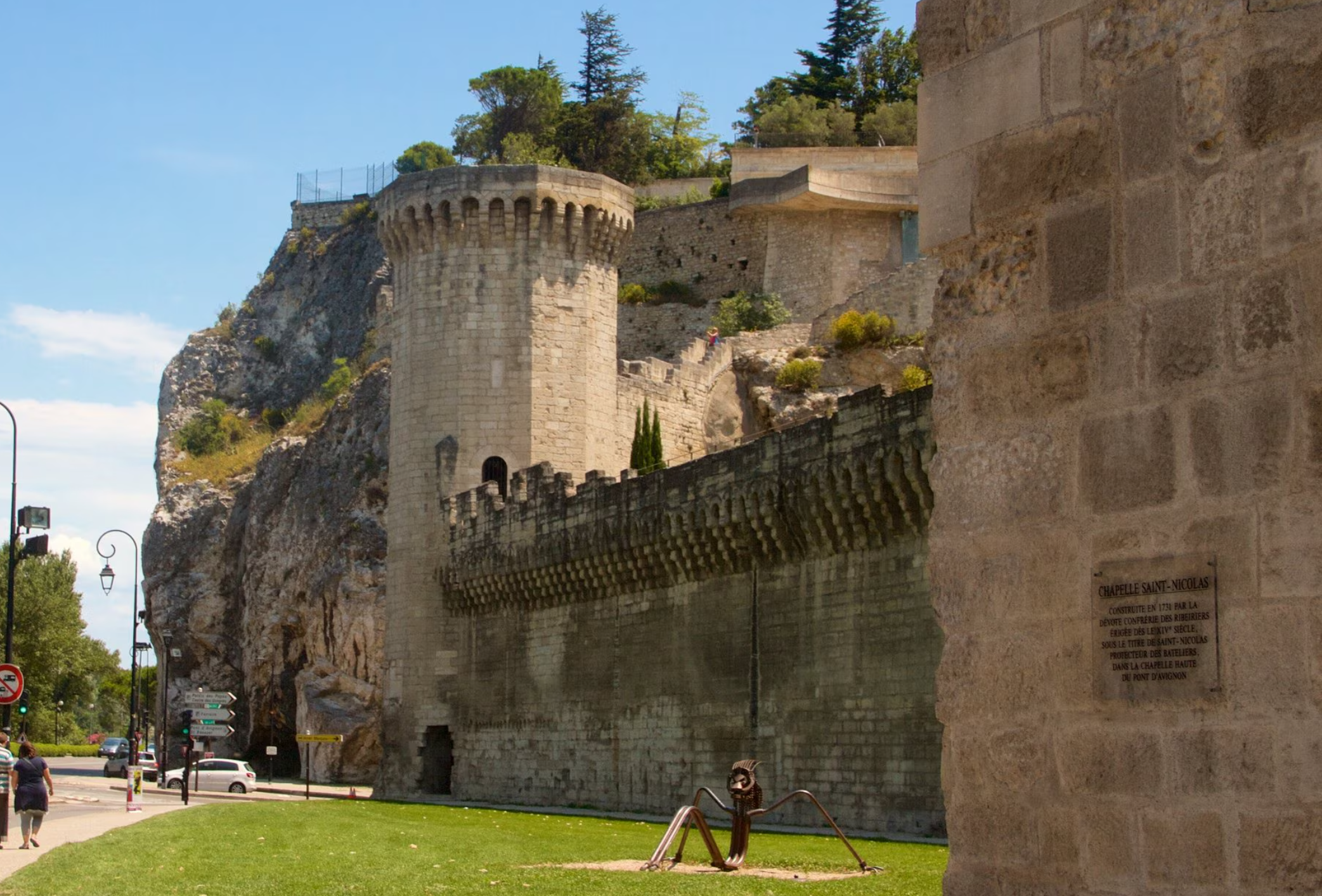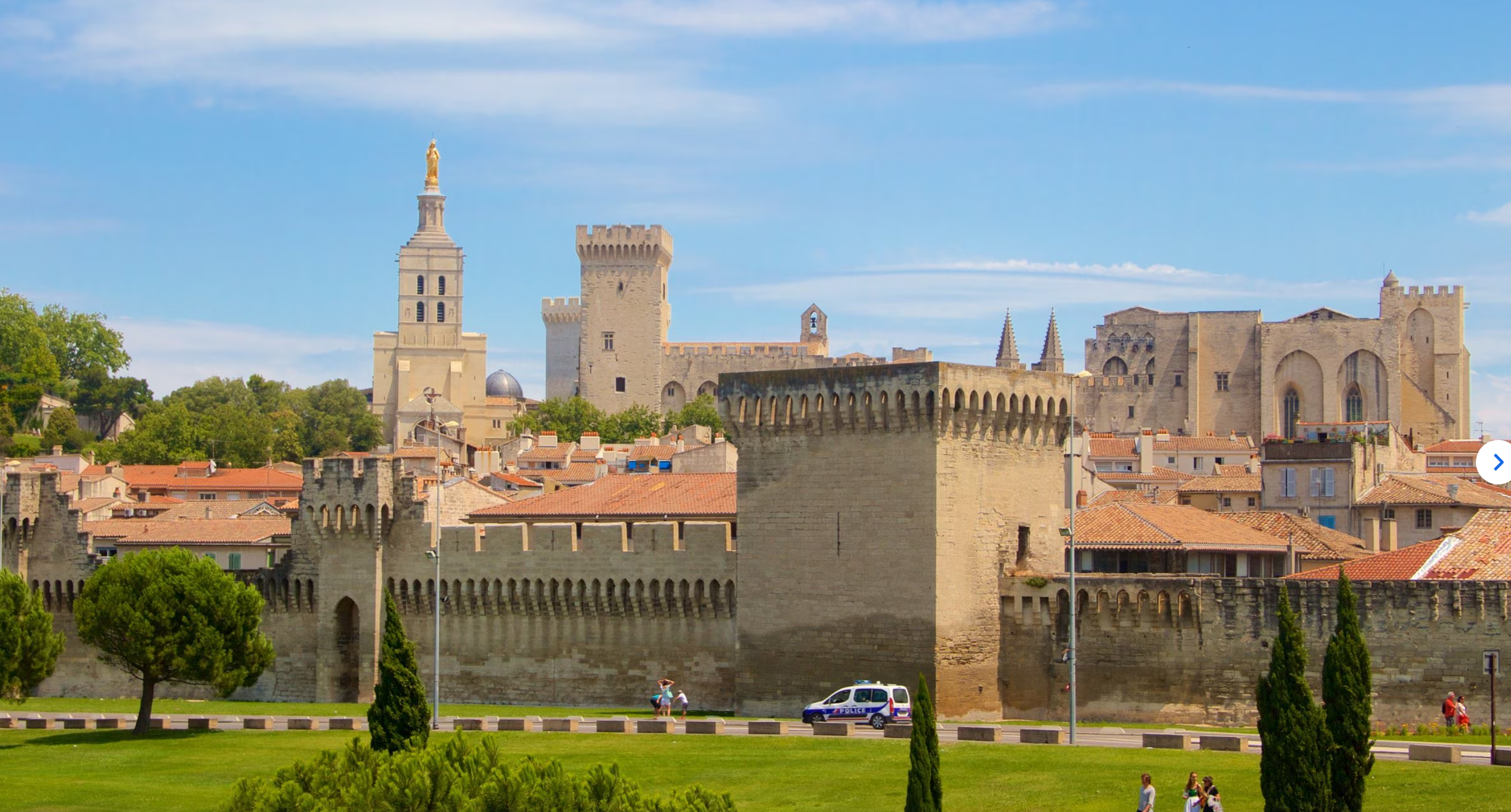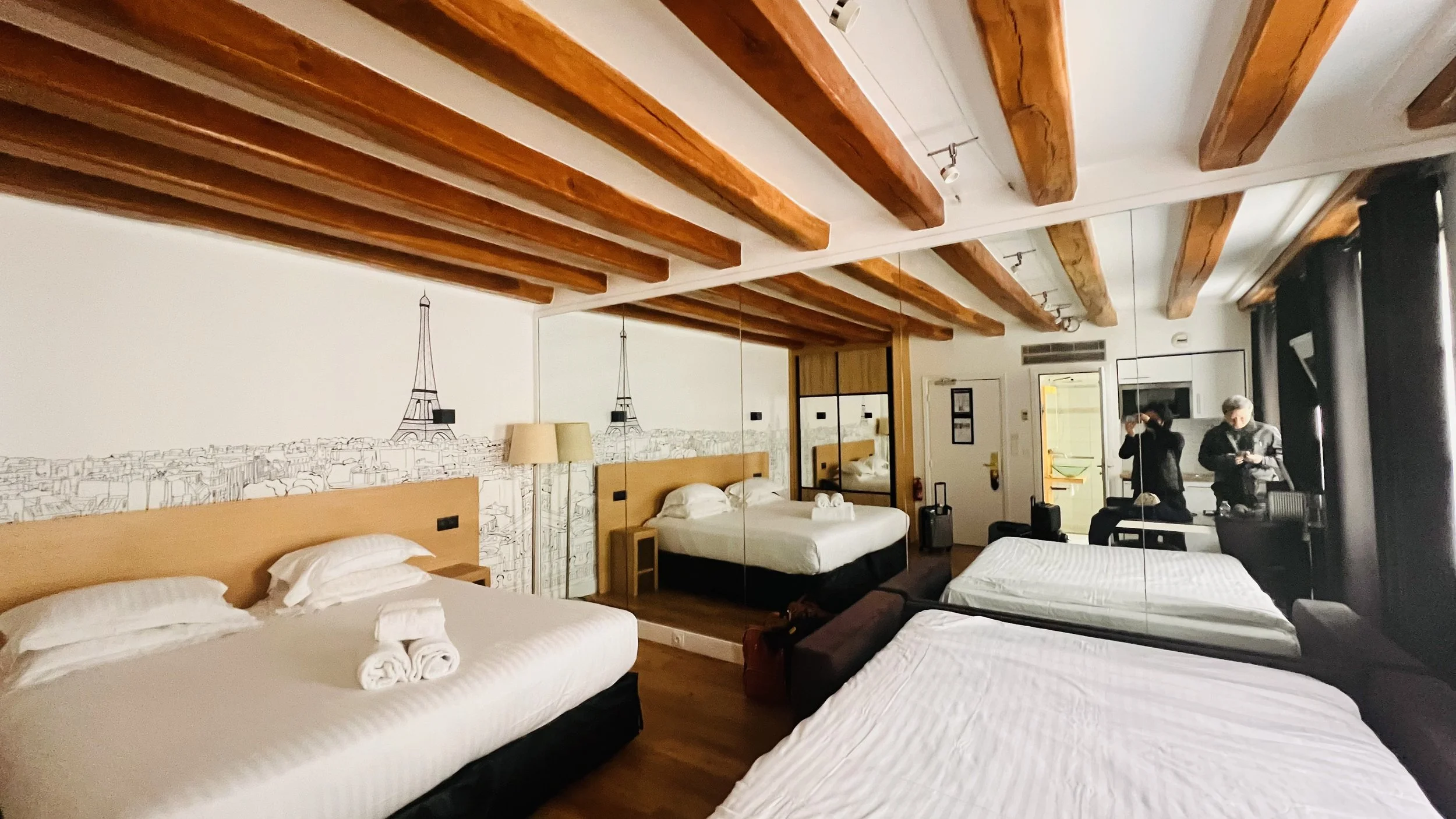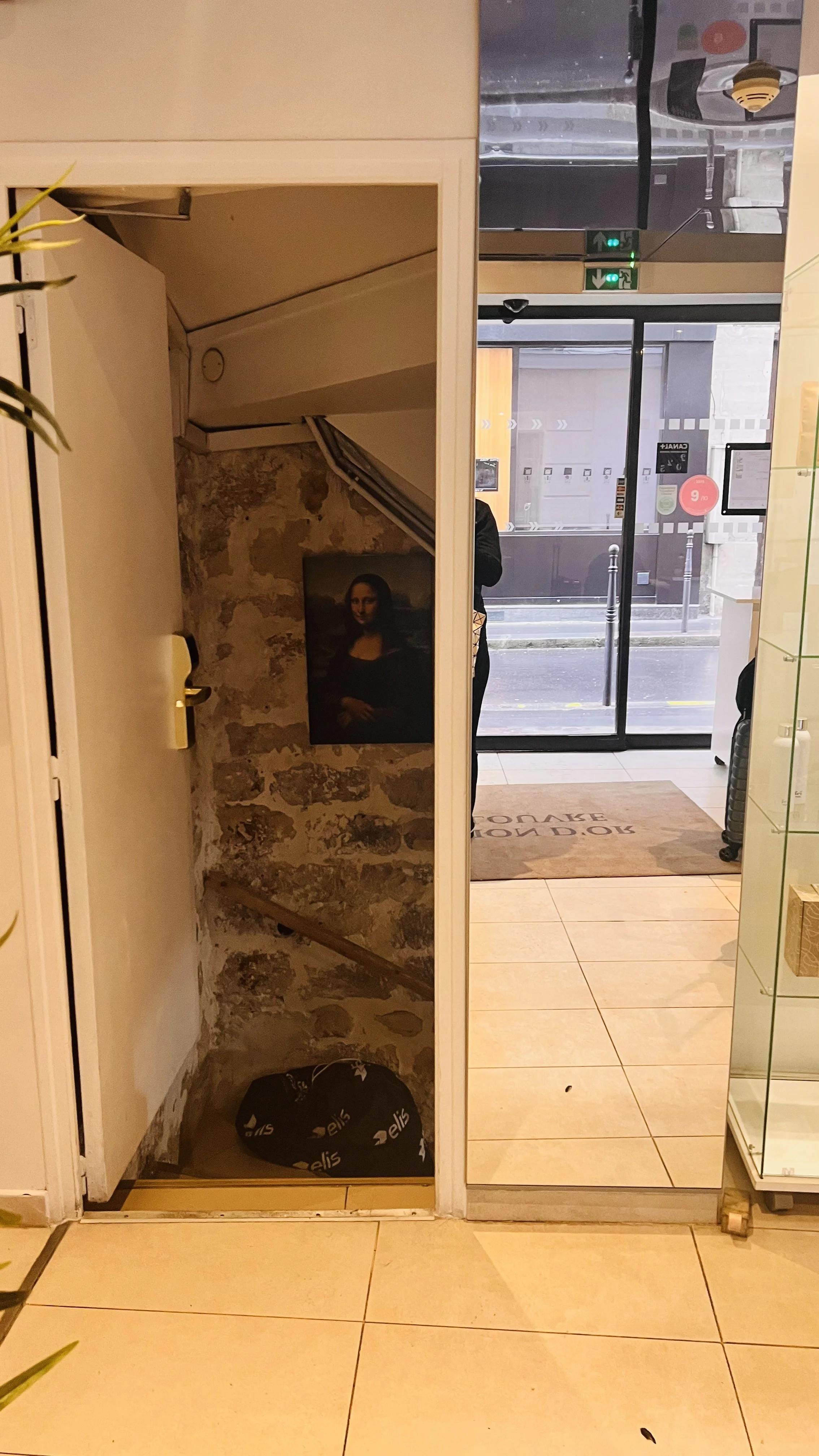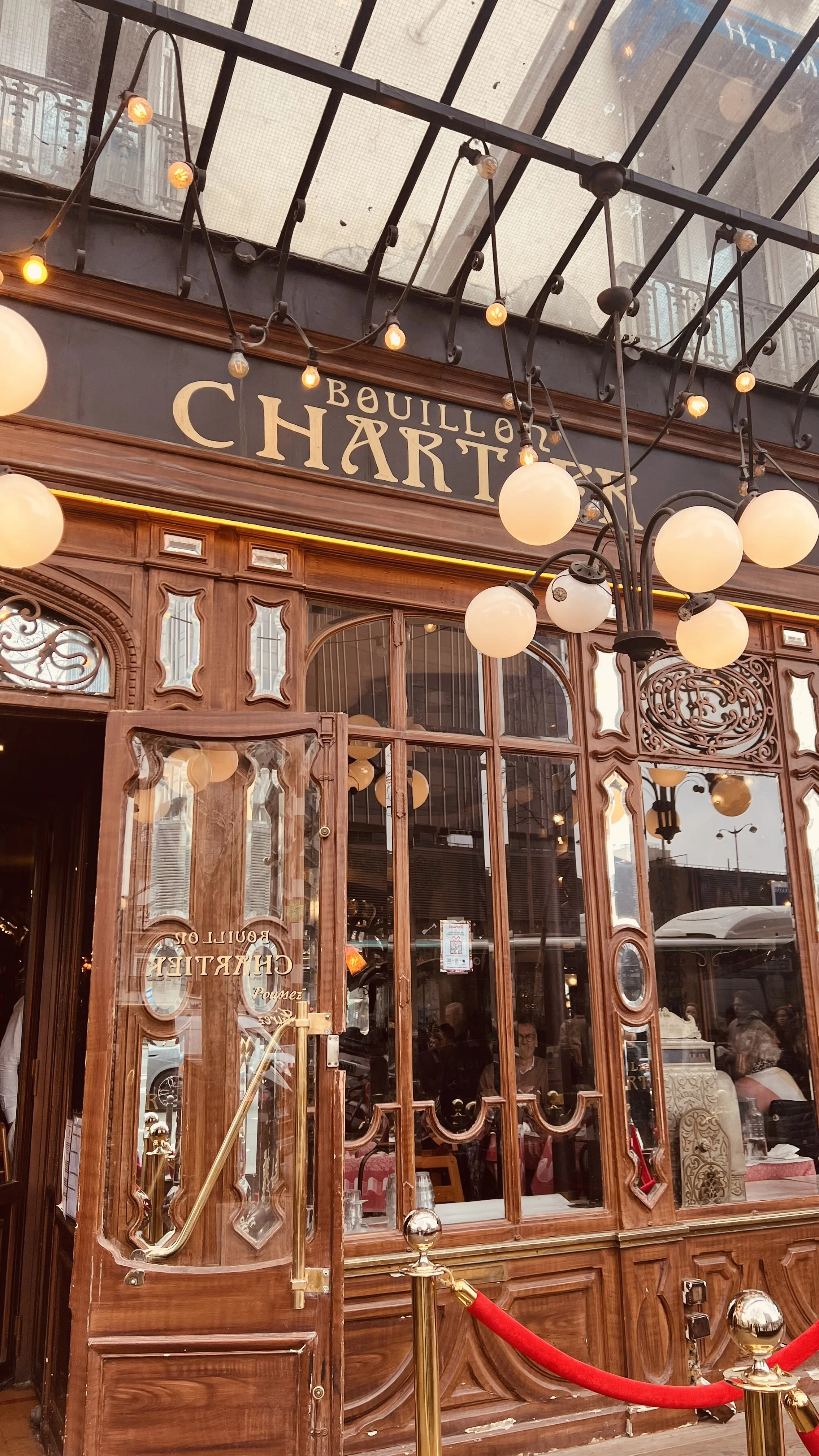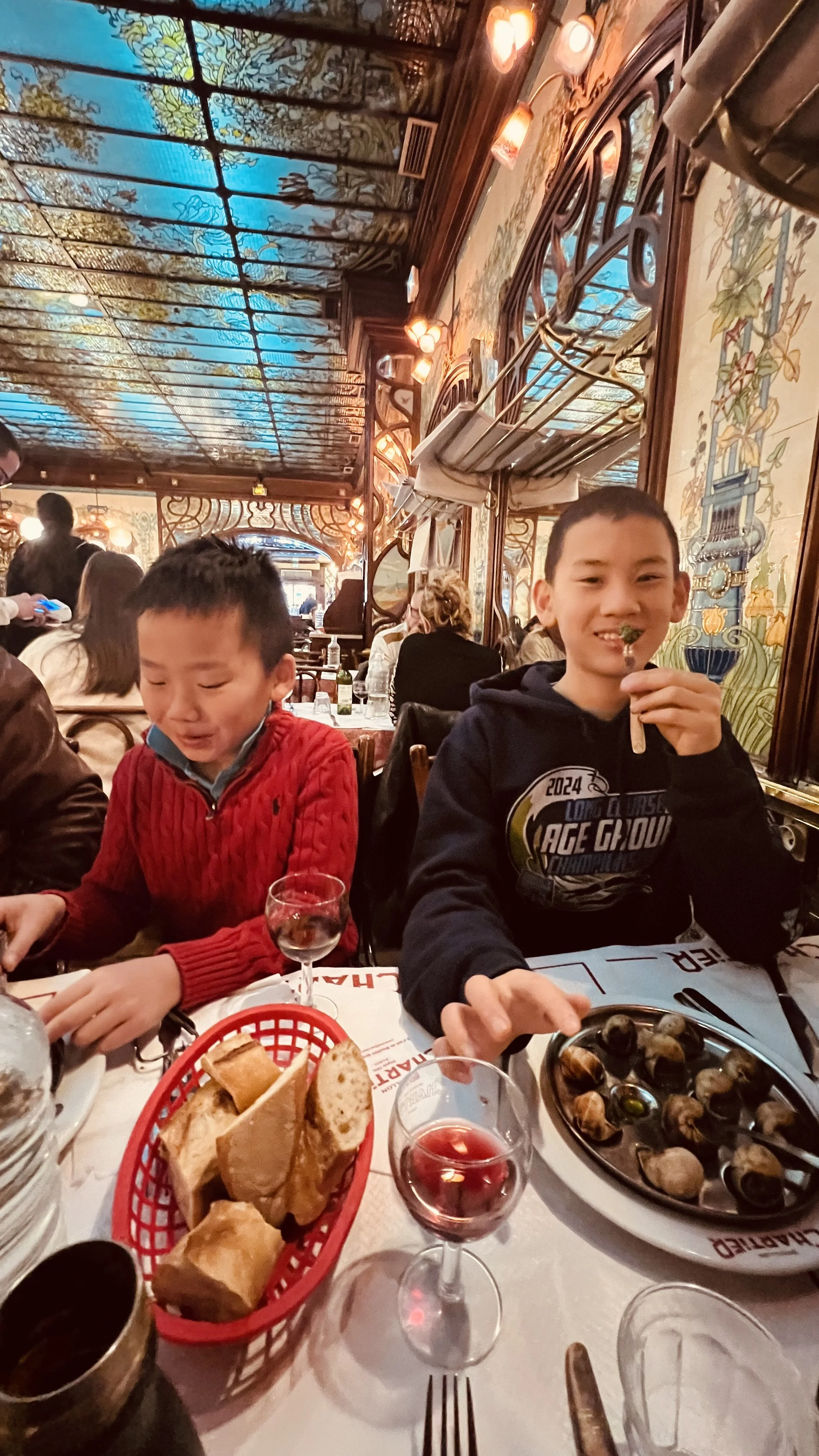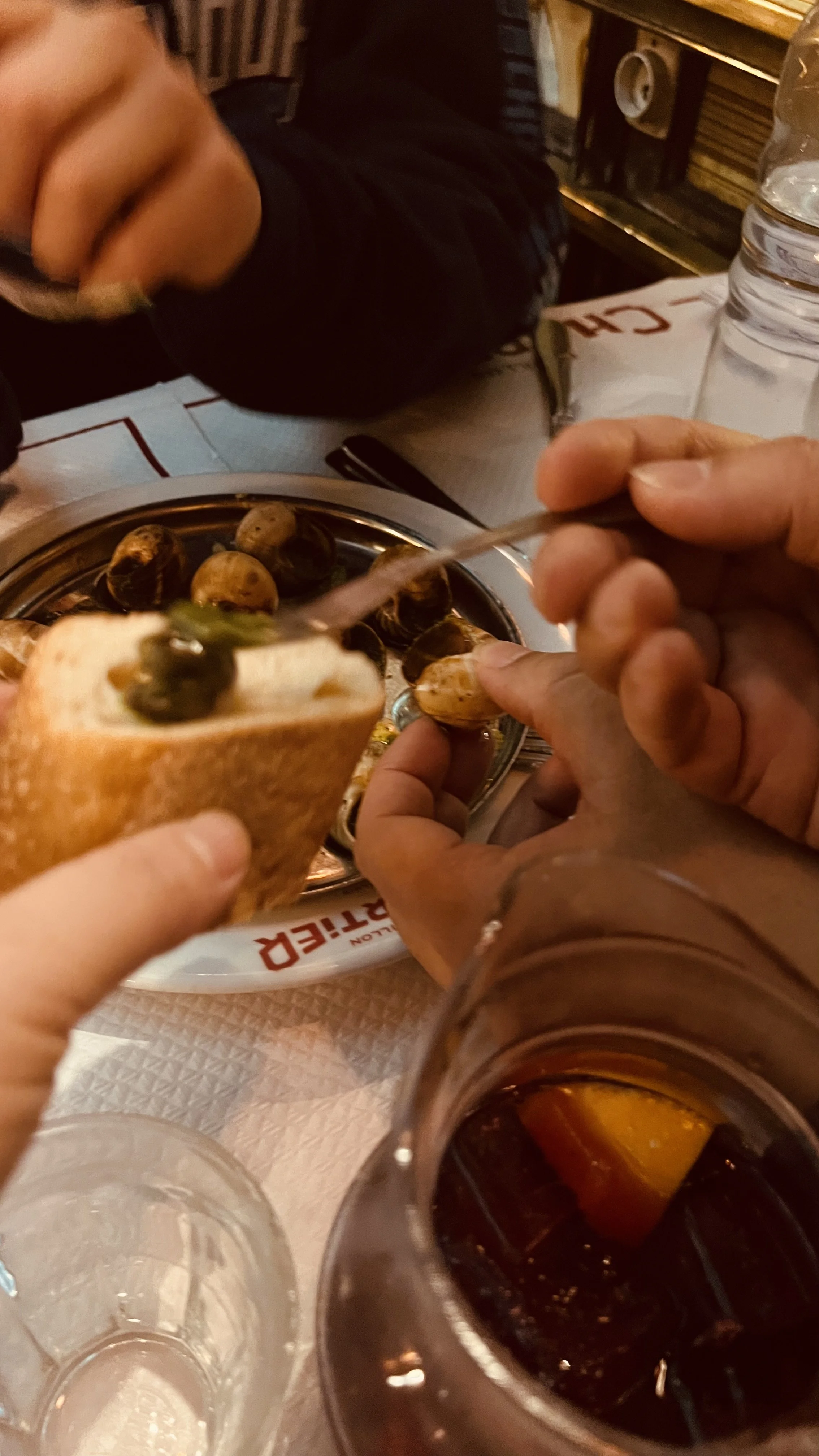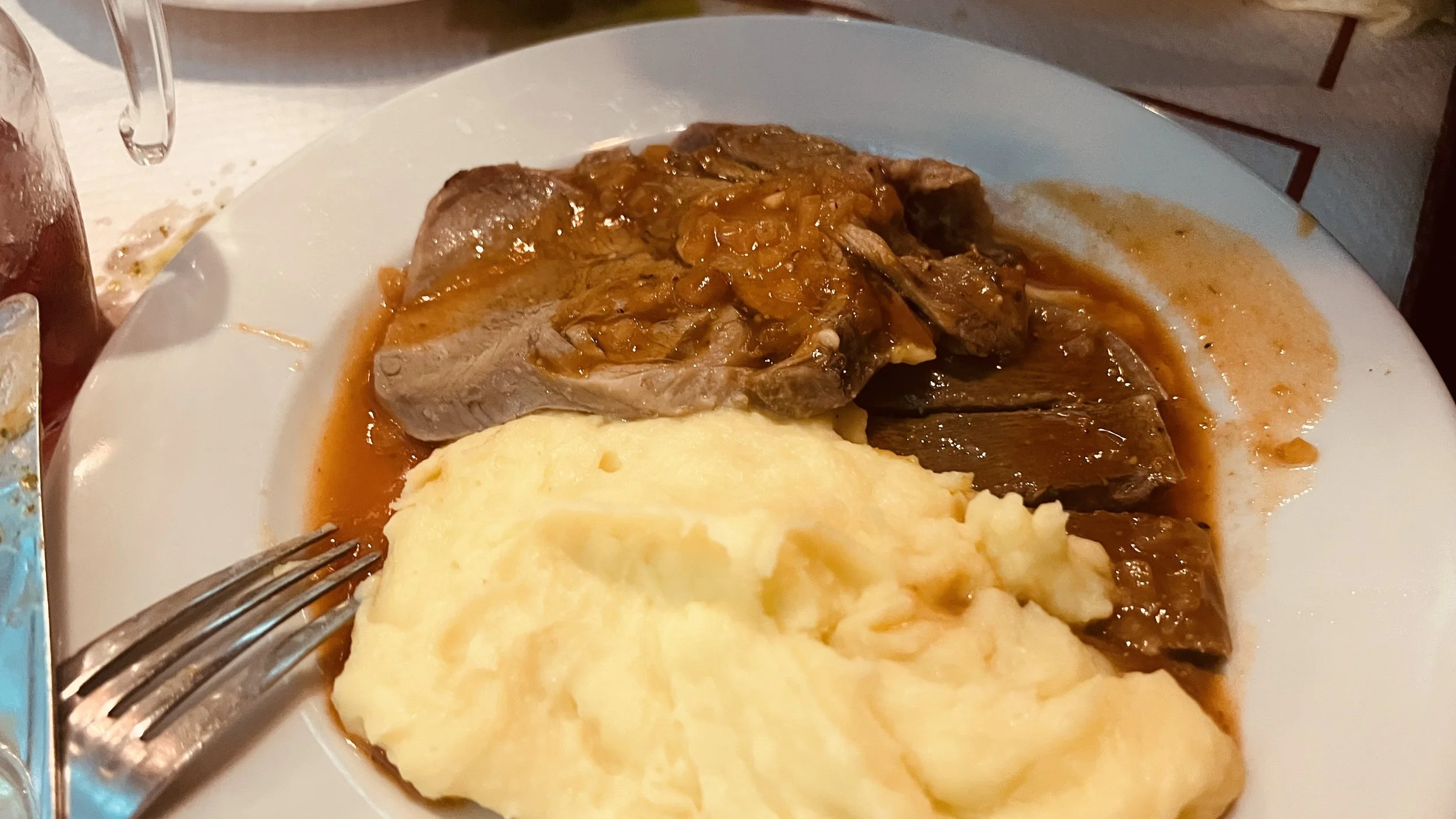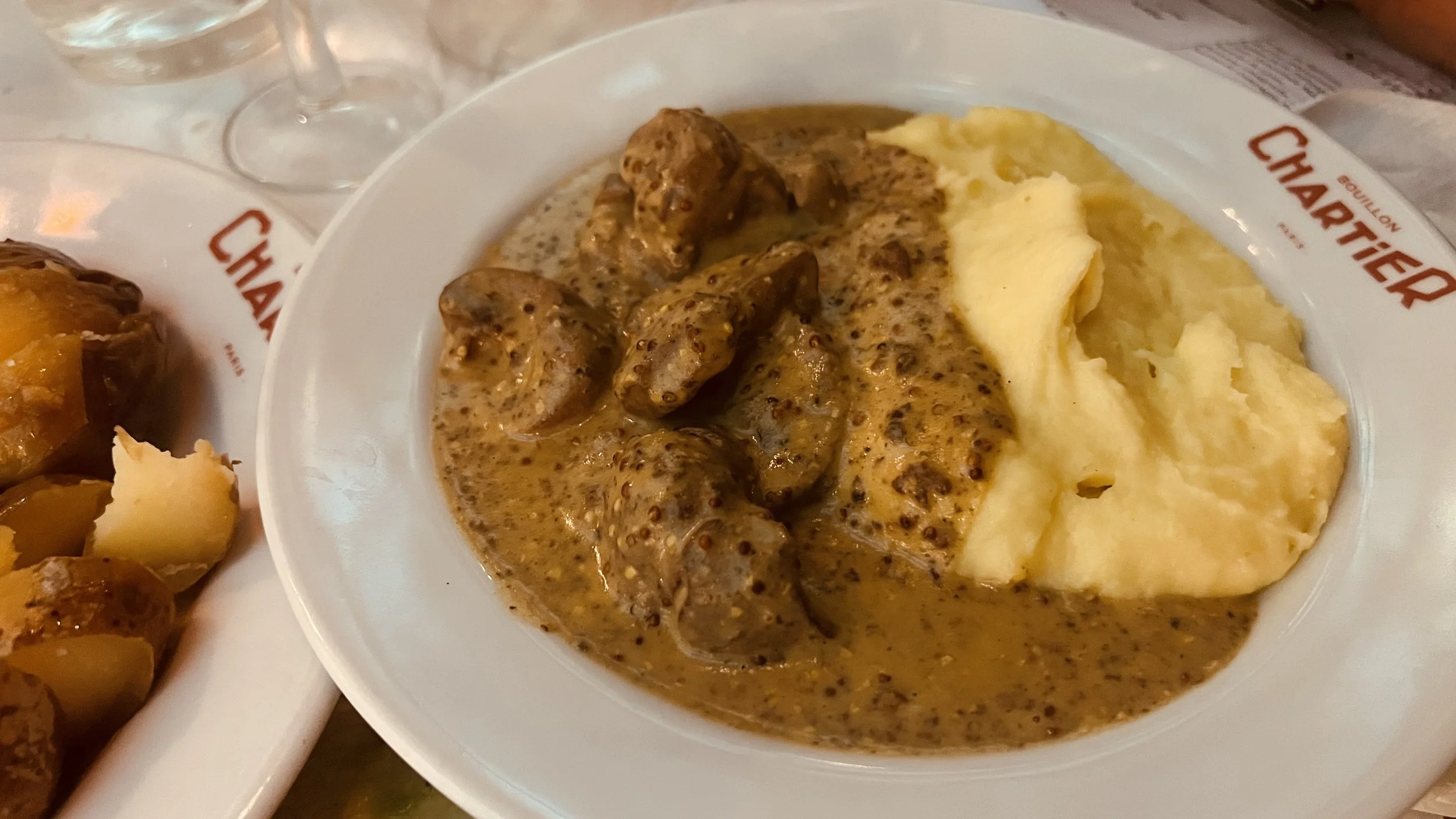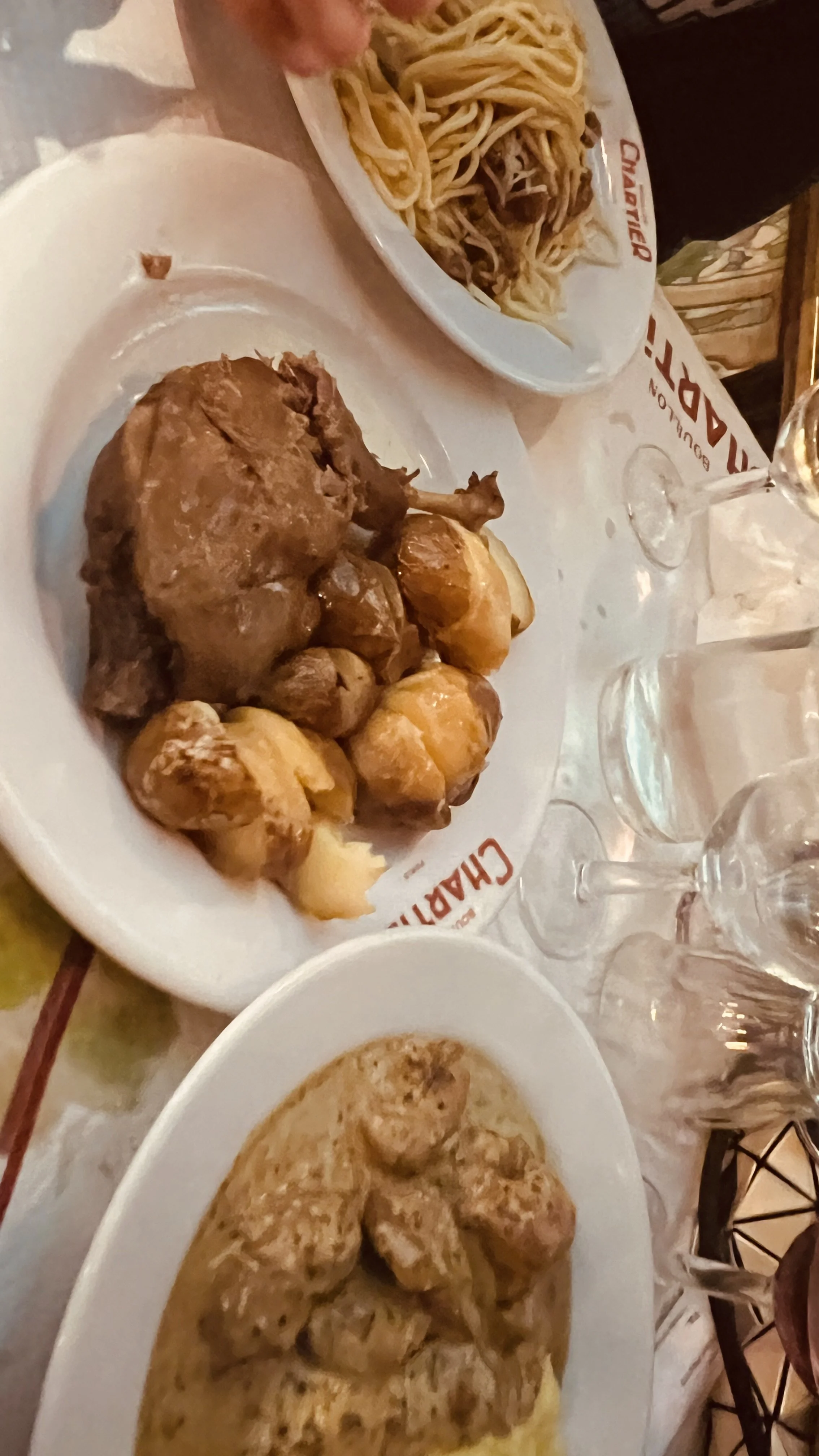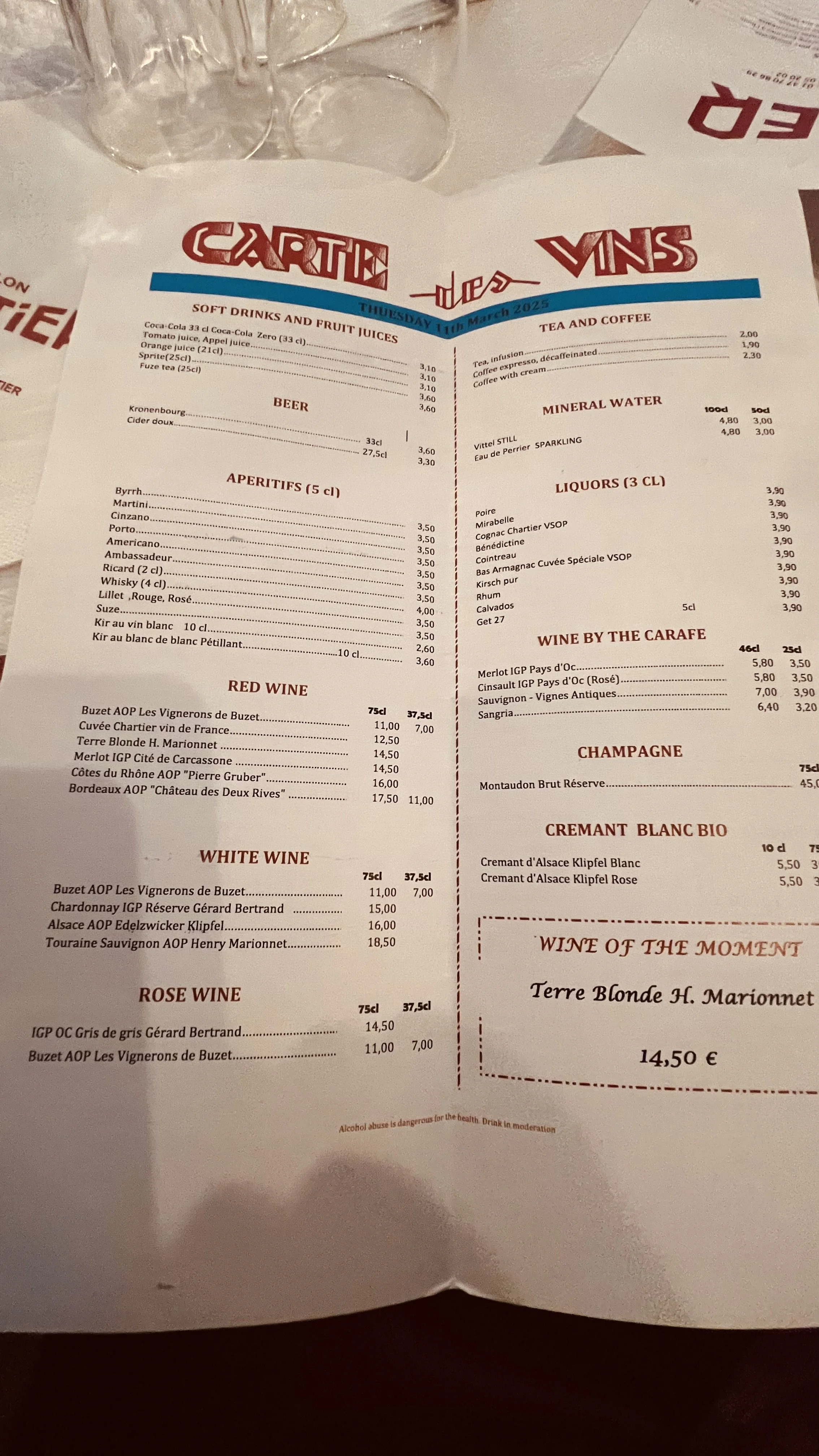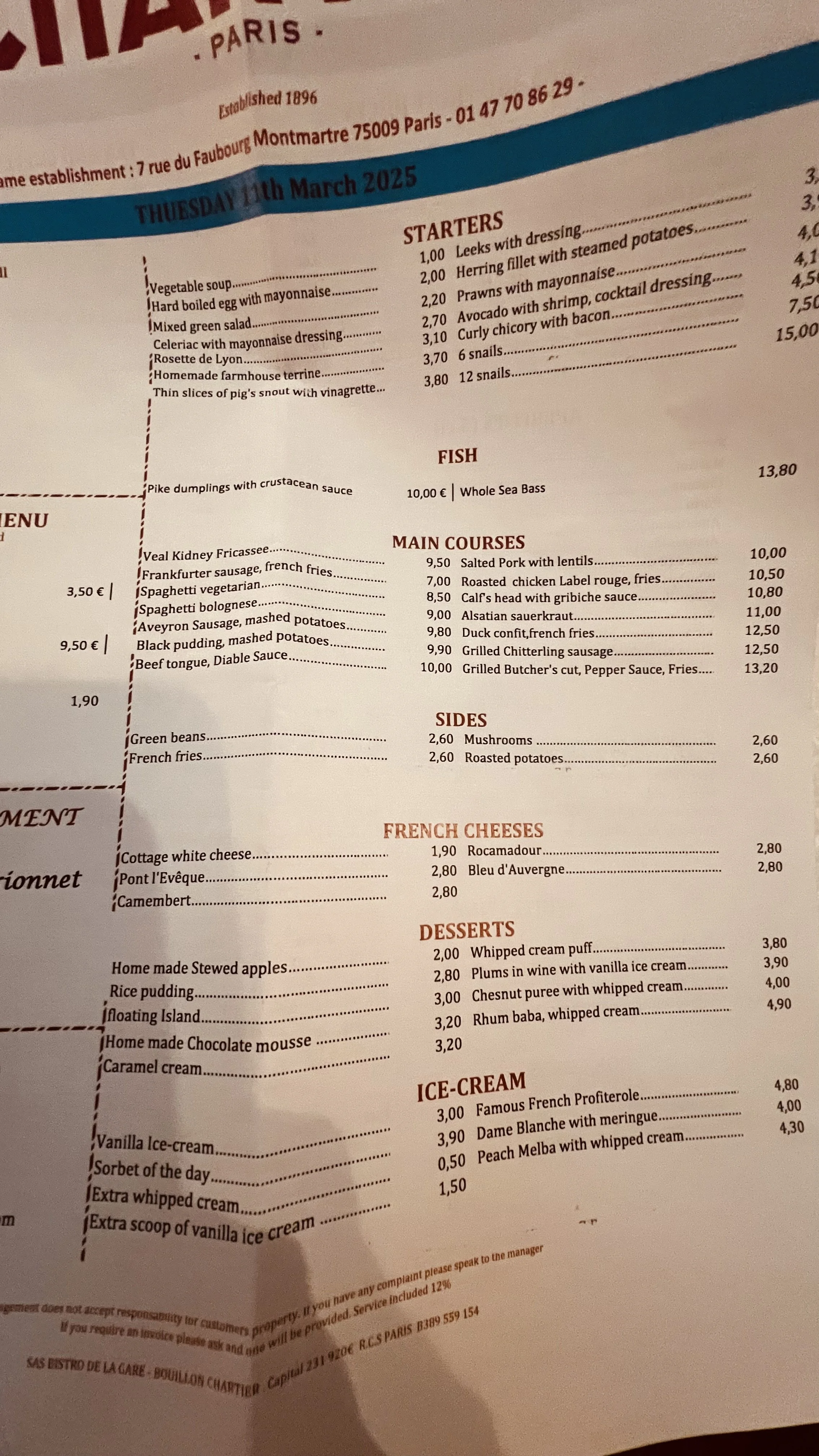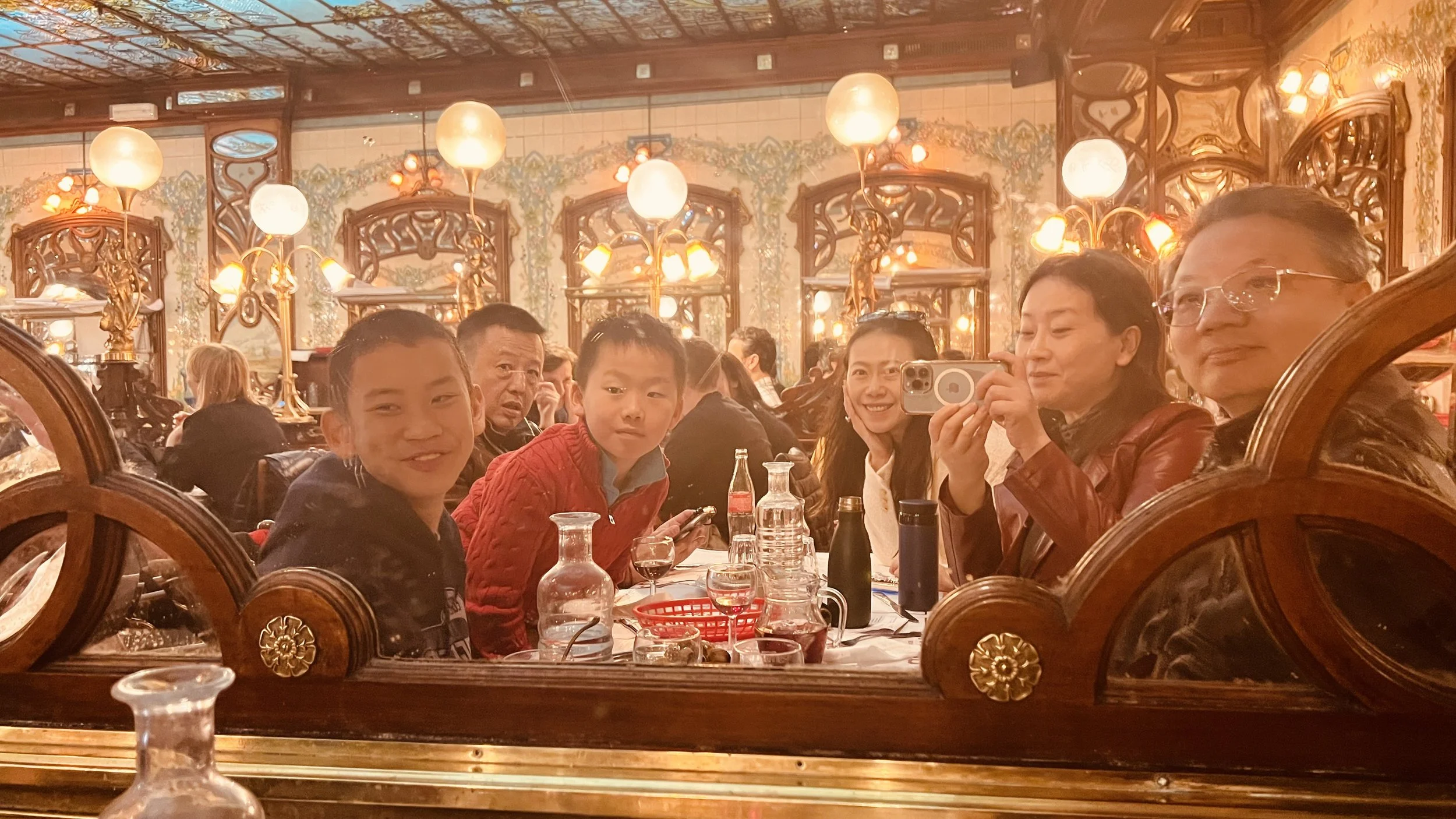France Day 3
On Day 3, we drove west from Avignon, setting out on a journey through some of the best-preserved Roman heritage sites in France. Our first stop was Pont du Gard, an awe-inspiring ancient aqueduct bridge that spans the Gardon River—its massive stone arches rising gracefully against the blue sky, a marvel of engineering and beauty. From there, we continued to Nîmes, often called the “French Rome,” where we explored the stunning Arènes de Nîmes, a Roman amphitheater still used for events today, and the elegant Maison Carrée, one of the best-preserved Roman temples in the world. Walking through these ancient sites, surrounded by history and golden light, we felt a deep connection to the past, as if Provence had quietly kept these wonders waiting just for us.
We passed by wide fields of sunflowers in full bloom, their bright yellow heads swaying gently in the summer breeze and turning the landscape into a sea of gold.
Pont du Gard is a stunning Roman aqueduct bridge built in the 1st century AD, rising nearly 50 meters above the Gardon River. With its three tiers of arches and perfectly fitted stones, it’s a masterpiece of ancient engineering. Surrounded by natural beauty, it offers a peaceful walk through history and one of Provence’s most iconic views.
Nîmes is a vibrant city rich in Roman history, often called the “French Rome” for its remarkably preserved ancient monuments. We explored the grand Arènes de Nîmes, a Roman amphitheater still used for events today, and the elegant Maison Carrée, a perfectly preserved temple with striking classical columns. Walking through its lively streets, we felt the past and present beautifully intertwined.
Before boarding the TGV back to Paris, we took one last walk along the majestic medieval walls of Avignon. Built in the 14th century during the time when Avignon served as the seat of the papacy, these formidable stone ramparts were constructed to defend the city and the Papal Palace from potential threats. Stretching nearly five kilometers and punctuated by 39 towers and seven main gates, the walls stand today as a remarkable example of medieval military architecture. As we strolled beneath their shadow, it felt like stepping back in time—an unforgettable farewell to a city steeped in history.
We chose to stay at a boutique hotel just a short walk from the Louvre Museum, the Tuileries Garden, and other major landmarks, making it perfect for exploring the city on foot and avoiding traffic. The rooms are considered spacious by Paris standards, which is a definite advantage. Another great perk is the included daily breakfast, which adds both convenience and value to the stay. We were very satisfied. You can book the same hotel here.
For dinner, we went to one of Paris’s most iconic and budget-friendly traditional French restaurants, Bouillon Chartier. Established in 1896. It is famous for offering classic French dishes like duck confit, beef stew, escargots, and crème brûlée at very affordable prices (main courses typically range from €8–€12). Bouillon Chartier has three locations in Paris, each offering affordable, traditional French cuisine in a charming historic setting. The original and most famous is Bouillon Chartier Grands Boulevards (opened in 1896), known for its Belle Époque decor and lively communal dining. The Montparnasse branch, opened in 1903, features beautiful Art Nouveau interiors, while the Gare de l’Est location, opened in 2022, brings a retro 1950s Paris vibe with vintage posters and gramophones. No reservations are accepted, so expect a queue during peak hours—but the fast service and unique experience make it well worth the wait.
